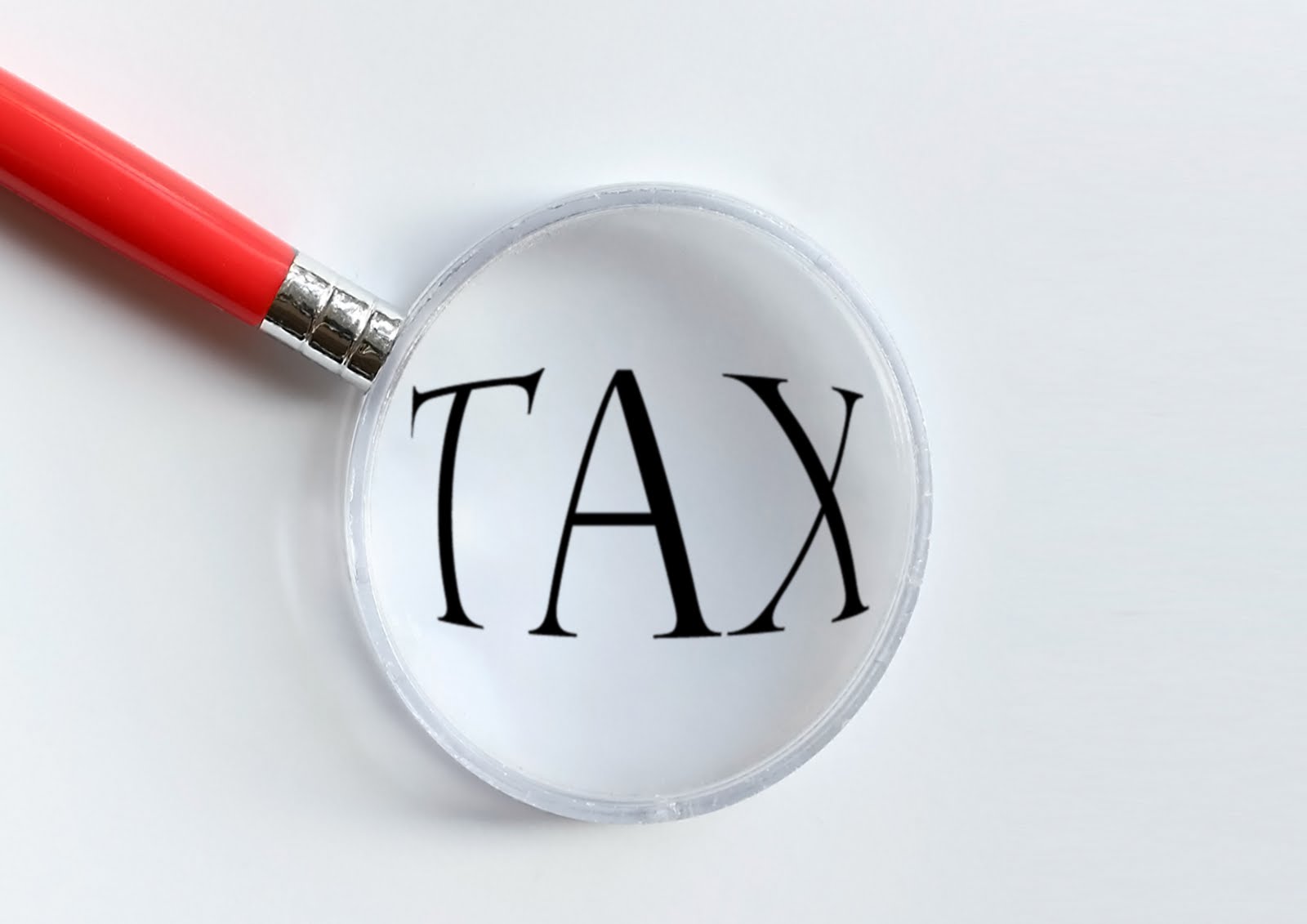Numerous 2018 Audit Issues regarding Trade Level Assessments
One common area that seems to be coming up on multiple Bay Area Tax Audits this season is around the issue of Trade Level assessments. Trade level adjustments were developed under the principal that property value increases as it moves along the supply chain — passing from manufacturer to wholesale to consumer. California State Board Valuation Principals, Rule 10: Trade Level for Tangible Personal Property states that “tangible personal property held by a consumer shall be valued at the amount of cash or its equivalent for which the property would transfer to a consumer of like property at the same trade level if exposed for sale on the open market.” Although this is what the rule states, we are finding multiple interpretations of the meanings behind the rules. This 2018 Audit season in particular, we have seen multiple instances of Auditors taking self manufactured or demo assets companies have listed on their Fixed Asset Ledger and “Trade leveling” them – resulting in some potential significant tax consequences for multiple High-tech and Medical Device companies.
One current client of ours makes a very expensive high tech medical device, and leverages numerous devices distributed internally for Engineering lab, Quality assurance, and Demonstration purposes. The Auditor simply applied one trade level factor across the board without first attempting to understand how the asset is situated; how the asset is being used; or the costs included in the asset capitalized to the Fixed Asset Ledger. As the average selling costs of these units is around $1M per unit, having a few dozen units on the ledger as fixed assets, and accepting the auditor’s initial approach to value, can create a significant proposed escape assessment.
Another client of ours makes high-cost high-tech commercial routers. The company took self manufactured units and set them up in a large Quality Assurance lab, where hundreds of these units are in a continuous volume and performance test, being tested 24 hours/day, 7 days/week. Again, as these items are pulled from finished goods inventory and used internally, they correctly show up on the companies’ Fixed Asset ledger. An Auditor sees these assets on the fixed asset ledger, or in person during a site inspection, and immediately identifies them for adding a trade level adjustment to increase the value of hundreds of units — leading to a significant proposed escape assessment. Once again an auditor does not ask important questions that would allow them to correctly value these assets, but rather is more concerned with generating tax revenue.
Our final, and the most egregious, example of misapplying the concept of trade level involves a software developer. This developer of software sells some of their software via appliances. They have an agreement with a large computer manufacturer to sell servers with their software installed. They have purchased some of the servers at retail for use in r&d and demonstration of their software. These assets were capitalized using the retail price paid including freight and sales tax. In audit, the auditor notes a general ledger account name Demo Equipment and immediately assumes this software company is manufacturing computer hardware. They back this up by going to the company’s website and seeing the “Appliances” for sale. In this case, trade level should not have been an issue, but at no time during the auditor’s review did they think to ask some basic questions that would have allowed them to better understand the taxpayer’s business and products in order to apply the concepts of trade level accurately.
In each of these examples, Auditors are applying “Trade Level” adjustment to these assets in a manner that may be ignoring a number of factors.
- What stage of production is each asset in?
- Where is the asset being used? Is it being used in the same manner as an end user consumer would use it?
- What costs are included in the capitalized cost? Is a markup included? Is sales tax included?
- How is the trade level adjustment being calculated? Is sales tax being included twice? Should a best customer discount be allowed?
The examples listed above are just a few of the Trade Level issues we have run into with auditors. We have encountered and worked through similar issues with many different clients over the years. Our team of experts is always working case by case with auditors on better understanding and interpreting of the Revenue and Taxation Code and Property Tax Rules dealing with Trade Level. Through this work we continue to minimize escape assessments. As you can see from the cases above, there can be tax savings in the hundreds of thousands to millions in understanding and reasonable interpretations of the tax codes, rules, and valuation concepts. Our HCG clients are comforted in knowing that large tax savings are absolutely possible by working with the local jurisdiction tax laws, county assessors, and appeals boards to get fair and reasonable settlements.


